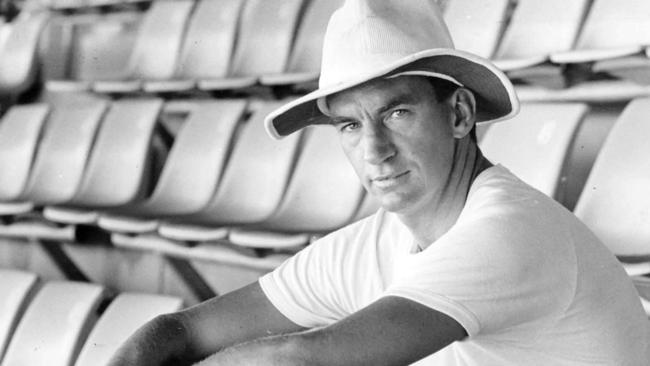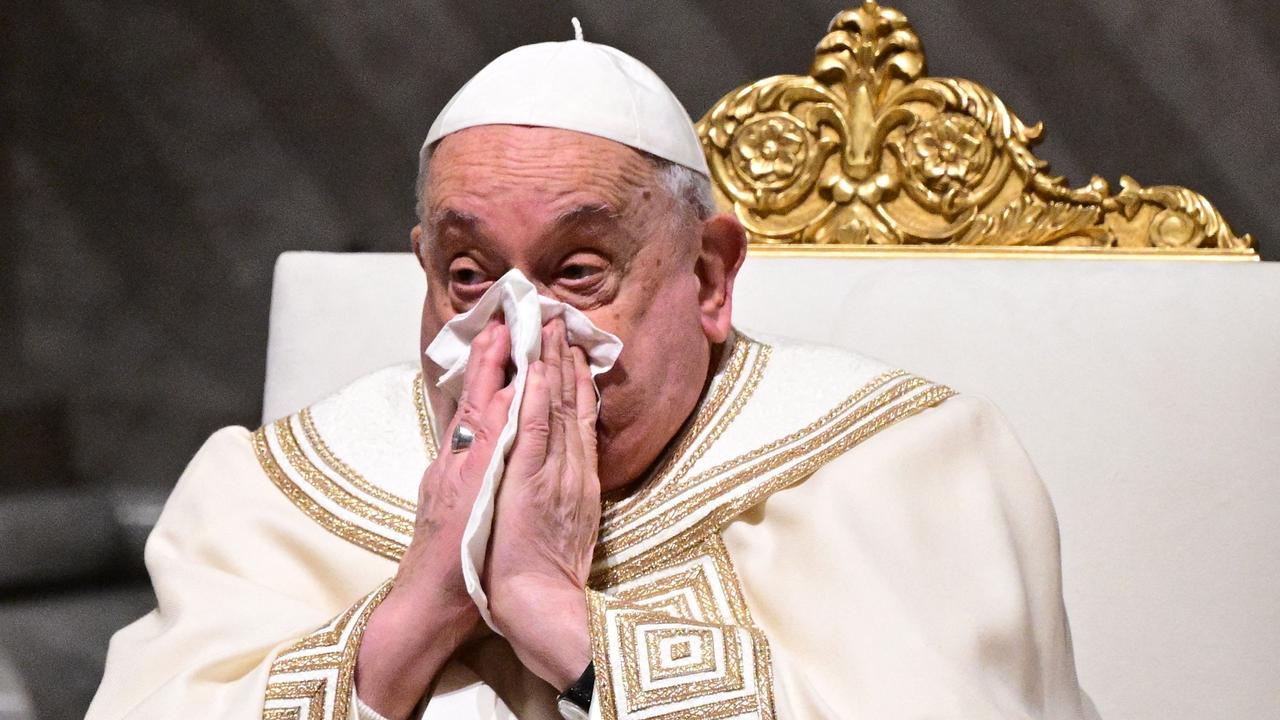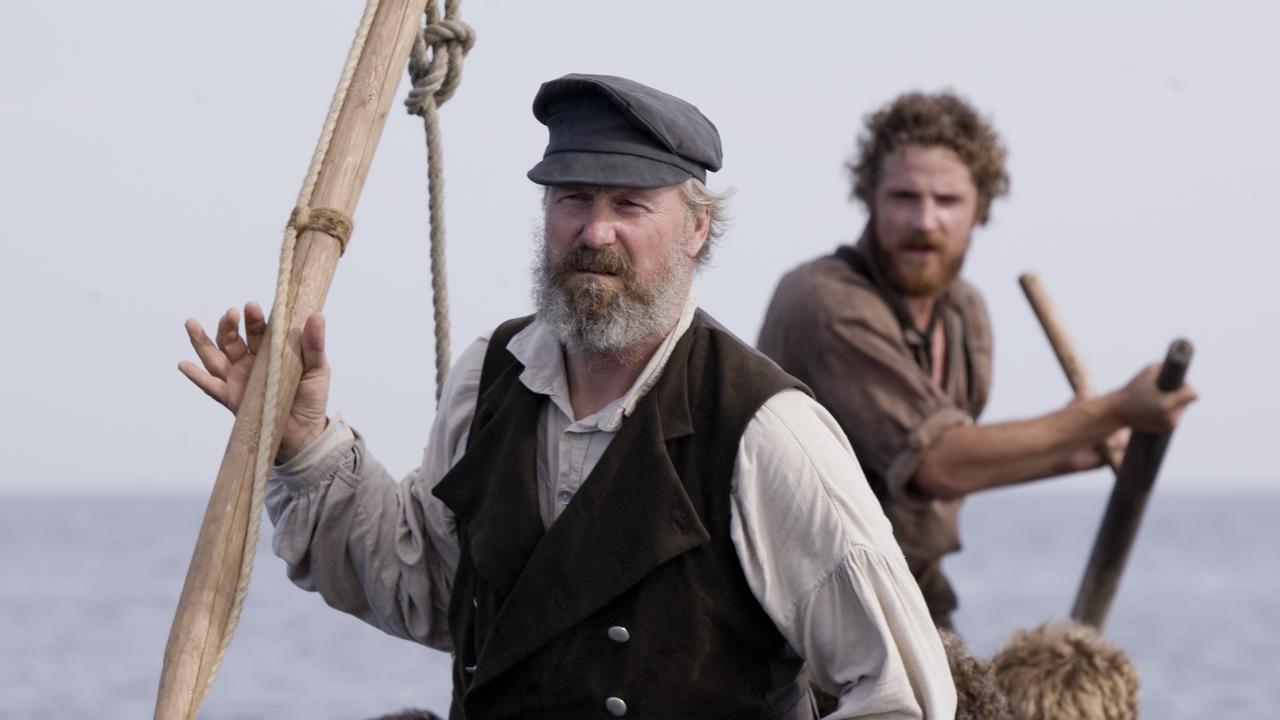Cricket: Peter Roebuck biography struggles for answers
A biography of Peter Roebuck, who died after falling from a window in 2011, only partly explores a cricketing enigma.

One of Peter Roebuck’s favourite lines was a borrowing from Graham Greene about life being not so much black and white as black and grey. It is tempting to regard the sentiment as autobiographical.
His end at age 55, after falling from the window of a Cape Town hotel in 2011, was certainly black; grey also pervades Chasing Shadows, a new biography by Tim Lane and Elliot Cartledge, in the sense of the enigma Roebuck remained even to his closest contemporaries.
In his time, Roebuck enjoyed the biggest audience of any cricket personality in Australia. He appeared in the country’s biggest metro dailies. He broadcast nationwide on the ABC. He published nine books. He contributed to newspapers and magazines in just about every cricketing country. Ceremonies honouring him after his death were attended by huge, bereft publics, and he has been succeeded rather than genuinely replaced.
Yet he preferred the company of the blank page and the air wave, it would seem, because these were relationships he could control. Colleagues, teammates, family members and mentees alike queue up to tell similar tales in Chasing Shadows, of a man of formidable intellect who kept everyone at arm’s length, compulsively peripatetic and almost pathologically insouciant. ‘‘He lived in his own world and sometimes it coincided with ours,’’ says his sister of their childhood, and it’s a kind of prophecy.
A very few came close. The most moving passages in Chasing Shadows concern Roebuck’s two-year relationship with Donald Horne’s daughter Julia, which he ended peremptorily in England in the mid-1980s. Her descriptions of their life together succeed in being honest and tactful, perceptive and kind. Readers will salute their courage.
Chasing Shadows also recapitulates Roebuck’s formative confrontation with his Somerset colleagues Ian Botham, Viv Richards and Joel Garner that resulted in their leaving the county 30 years ago. Victories come no more pyrrhic. Roebuck seems to have been exhilarated by the intrigue and allured by the county’s captaincy. Yet the bad blood lingered, much of it in Roebuck’s veins. As former Wisden editor Matthew Engel puts it pithily: ‘‘He’s a good hater, Botham, but I think Roebuck would have occupied 1 per cent of his mind, whereas Botham would occupy 99 per cent of Roebuck’s mind. After Botham the paranoia kicked in.’’
The paranoia may not have been unjustified, if the atmosphere around Roebuck’s prosecution for caning three youths who came to him for cricket coaching in 2001 is anything to go by. ‘‘I feel suicidal,’’ he told one colleague when Fleet Street swooped.
The case presages the circumstances of Roebuck’s death, at which Lane and Cartledge have peered unflinchingly. The chapters concerning the accusation of sexual assault against him are painful to peruse. Some questions remain unanswered, but the right ones have been asked, and the detail accreted is impressive.
I hold two main reservations about Chasing Shadows. Ironically for book about a writer whose style was so widely praised, it is neither fluently nor imaginatively written. The choice of words is all too often shaky, the turns of phrase occasionally downright ungainly.
Roebuck ‘‘chose the relative career brevity and remunerative mediocrity of life as a cricket professional’’; Roebuck’s ‘‘adoption of caning was at best a woebegotten stake in times past’’; Roebuck’s ‘‘tone adopted wasn’t exactly moralising, it did frequently border on a schoolmaster’s plane’’.
Some sentences are needlessly convoluted: ‘‘One of the multitudinous elements within Roebuck’s labyrinthine personality was extreme shyness, a significant factor in why he was so difficult to understand. Put simply, he would not reveal himself and the majority with whom he engaged did likewise in reciprocation.’’ Put simply? Put simply he was shy — we get it.
Some sentences are downright hyperactive: ‘‘All the while, like clockwork and with a surgeon’s precision, he hammered out his columns, dashing off sublime copy and poking his nose where angels fear to tread.’’ Where to begin?
The further irony is that far too little time is spent actually exploring this ‘‘sublime copy’’, on newspaper pages and between covers. There is more to the study of a writer than the reproducing of his occasional mots, especially in the case of Roebuck, where style was the man.
Roebuck arrived, in Slices of Cricket (1982) and It Never Rains (1984), engaging, informed, sympathetic, funny and fresh. His voice matured into the lively and discursive tone of Ashes to Ashes (1987) — a book the authors have overlooked. But there was then, frankly, the hackwork of Great Innings (1990) — likewise unmentioned.
And once Roebuck’s broadcasting career began, his energies were increasingly spread: he was a mercurial opinion maker, a hit-and-miss historian, a hot-and-cold memoirist, a thwarted dramatist (who did not finish a not very good play called Final Fling). He could still be daring and insightful; he could also be arch and mannered.
The authors never come to grips with how he influenced Australian sports writing, and vice versa. As a gifted and insightful outsider, he came at the culture from unpredictable angles. He was also spared the burden of allegiance. Cricket media was more knockabout in person and more staid on the page 30 years ago. Roebuck was an exception in both respects. We read him avidly, and all felt a little freer as a result.
But I’m not sure that the pathfinding didn’t become a rut, perhaps personally as well as stylistically. I wonder how he worked. I wonder what he read and how he responded to it. I wonder how much editorial counsel he received. I wonder how the different writings relate to one another.
I learn nothing of this between these covers. And curiously there’s almost no sense in Chasing Shadows of the cricket Roebuck was watching. Shane Warne? Sachin Tendulkar? Brian Lara? Where are they? Where is the game he loved? The black and grey I can understand. But where is the white?
Gideon Haigh is the author of several books on cricket.
Chasing Shadows: The Life and Death of Peter Roebuck
By Tim Lane and Elliot Cartledge
Hardie Grant, 295pp, $29.95


